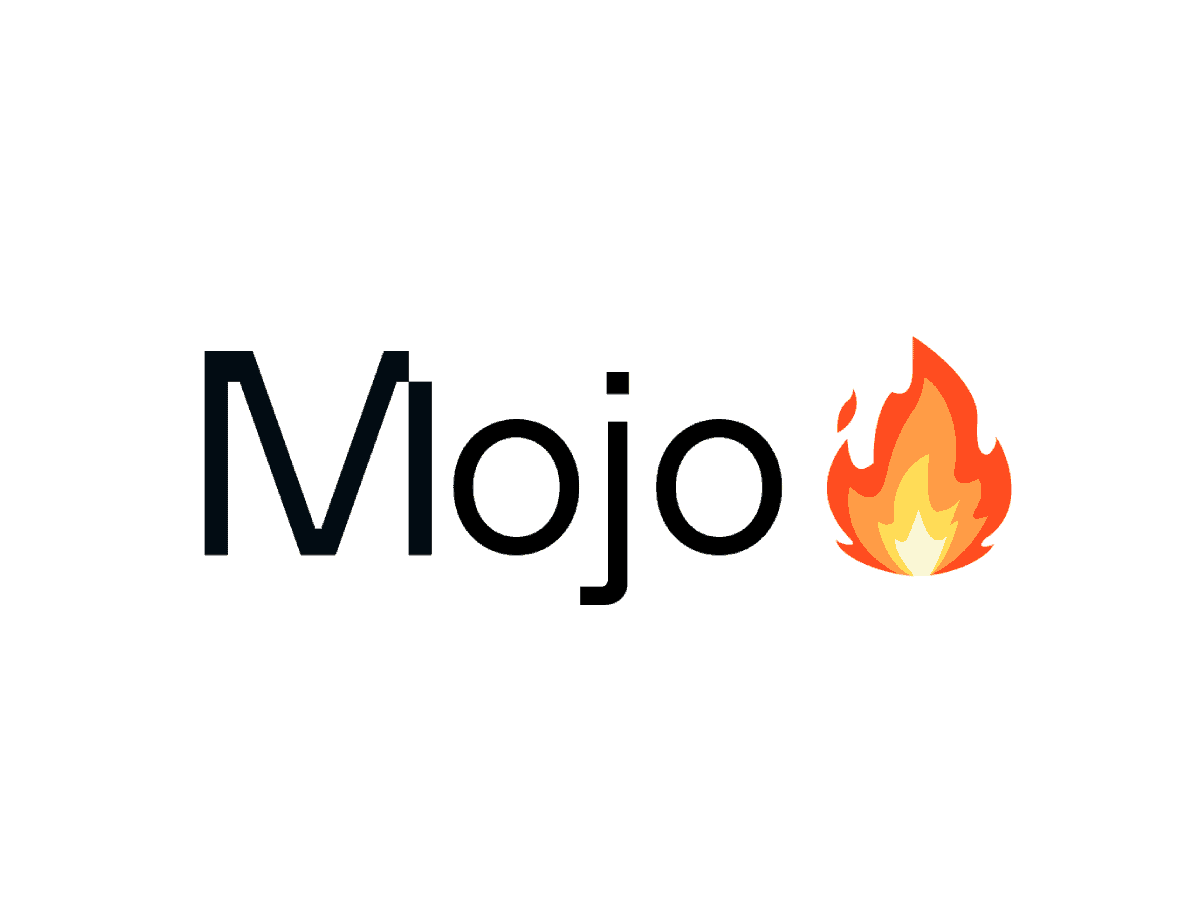
Mojo, a new programming language, aims to bridge the gap between research and production by combining the best features of Python with systems programming and metaprogramming. With the goal of unifying the world’s ML/AI infrastructure, the creators of Mojo realized that programming across the entire stack was becoming overly complicated. Mojo was born out of the need for an innovative and scalable programming model that could target accelerators and heterogeneous systems prevalent in machine learning.
Mojo and the Python Ecosystem
Mojo’s mission includes full compatibility with the Python ecosystem while offering predictable low-level performance and control. The creators recognized Python’s widespread use, popularity within the AI community, and its elegance as a language. By embracing the Python ecosystem, Mojo aims to provide a familiar environment for Python programmers, enabling them to seamlessly transition to Mojo and leverage its advanced systems programming features.
Compatibility with Python
While Mojo is a new codebase, the creators have leveraged their experience with previous compatibility journeys to ensure compatibility with Python. Drawing inspiration from projects like Clang and Swift, Mojo aims to provide a superset of Python and cooperate directly with the CPython runtime. By doing so, Mojo can seamlessly integrate with existing Python code and offer a progressive migration path, allowing incremental adoption of Mojo’s advanced features.
Mojo’s Approach to Compatibility
To address compatibility concerns, Mojo takes a two-fold approach. First, Mojo leverages CPython to run existing Python 3 code without modification, ensuring compatibility with the entire Python ecosystem. This allows Mojo to benefit from Python’s strengths while providing a path for rapid adoption. Second, Mojo offers a mechanical migrator that facilitates easy code migration from Python to Mojo. This approach, proven successful by the Objective-C to Swift migration, allows programmers to incrementally move their codebase to Mojo while retaining compatibility with existing Python code.
Motivation for Mojo
Mojo originated from the need to develop a programming model that caters to both accelerators and general-purpose systems programming. While accelerators are crucial in AI systems, the host CPU plays a vital role in handling operations that specialized accelerators cannot perform. Mojo addresses these challenges by supporting the entire gamut of general-purpose programming, making it an ideal language for AI systems. Additionally, Mojo aims to resolve issues such as the two-world problem, fragmentation in the ecosystem, and deployment challenges faced by the Python community.
Improving Python and Alternative Approaches
Mojo’s creators acknowledge the ongoing efforts to improve Python’s performance and address implementation challenges. However, Mojo’s requirements for unified language support on accelerators and low-level control cannot be fully satisfied by these approaches. Other attempts, such as Python subsets and embedded DSLs, have limitations in terms of ecosystem compatibility, tooling support, and usability. Mojo strives to provide a more comprehensive solution that caters to the needs of systems programming while preserving Python’s strengths.
Mojo, the innovative programming language, has been hailed as “Python on steroids” due to its remarkable performance capabilities. Claiming to be 35,000 times faster than Python, Mojo offers a significant speed boost that opens up new possibilities for data-intensive and computationally demanding tasks. By leveraging advanced compilation techniques and optimizations, Mojo aims to revolutionize the performance landscape, empowering developers to build high-performance applications with ease.
Speculation has arisen regarding the future of Python with the emergence of Mojo and its ambitious goals. Some may wonder if this marks the end of Python as we know it. However, in the ever-evolving landscape of technology, it is prudent to stay tuned and observe how things unfold. The rapid pace of technological advancements often defies predictions, and what may seem like a transformative shift today could be just one chapter in Python’s ongoing journey. Only time will tell how Mojo and other developments shape the future of programming languages.
For more information about Mojo and its innovative features, please visit here.
